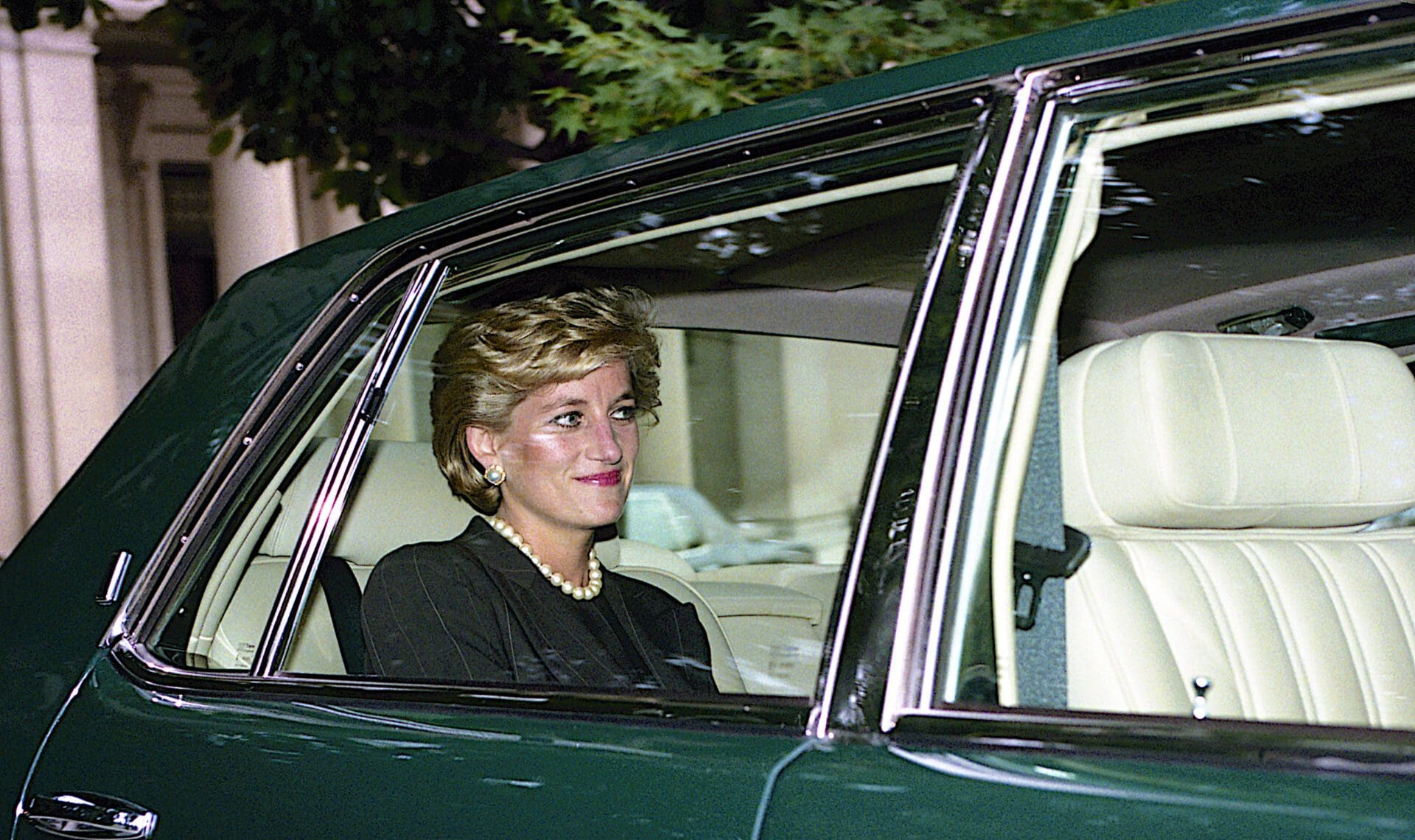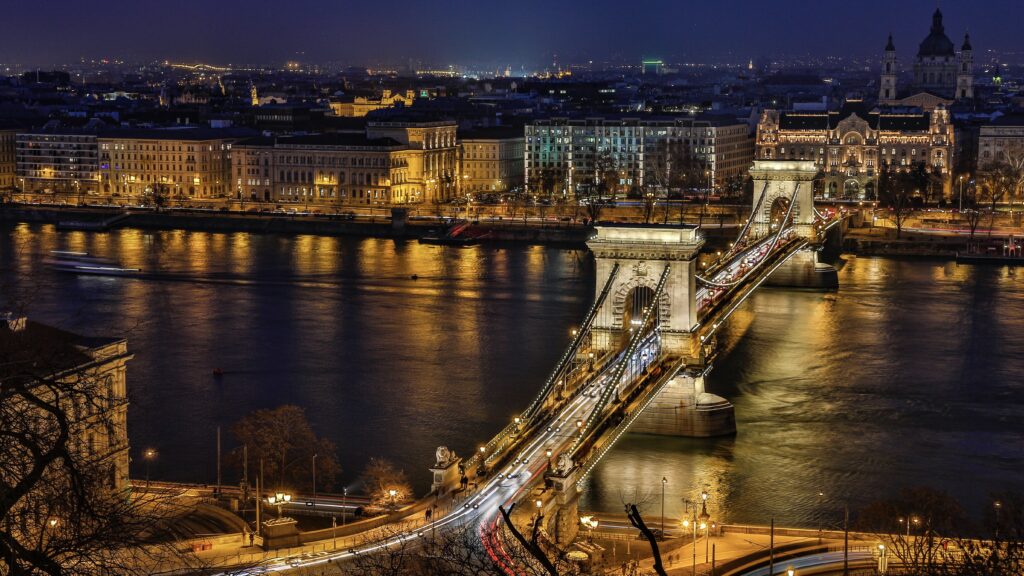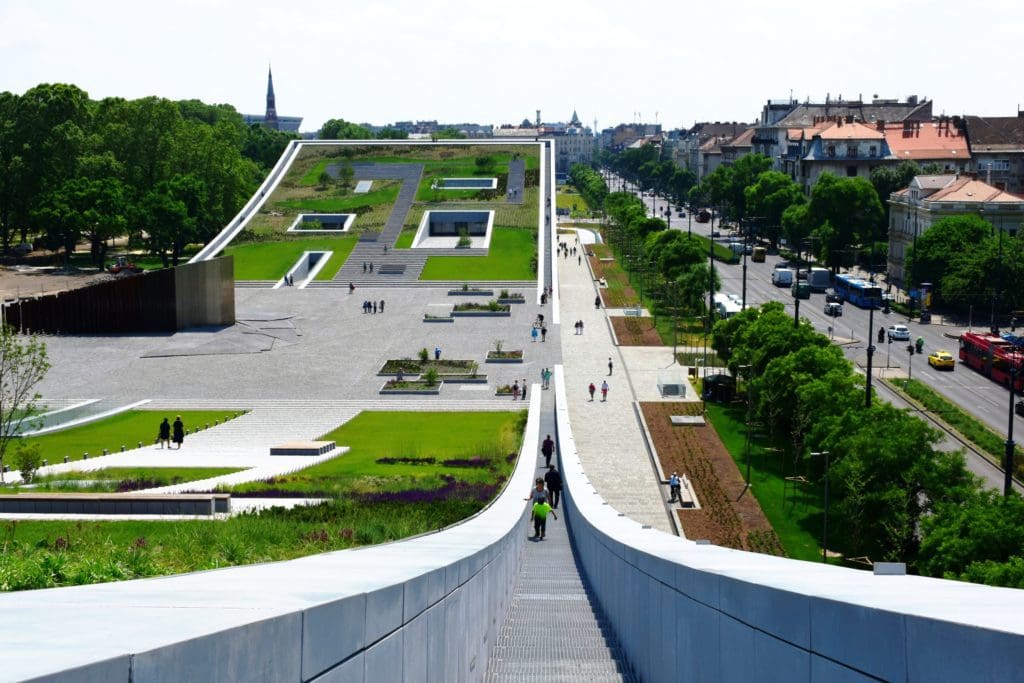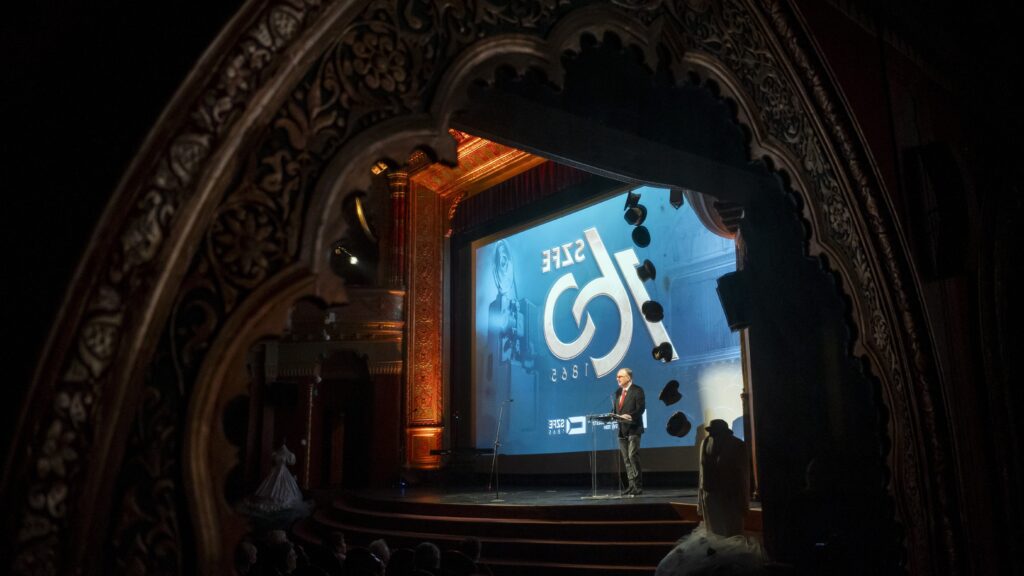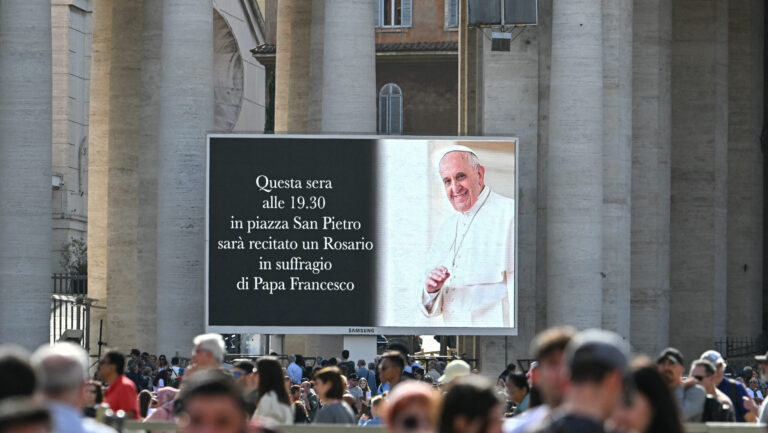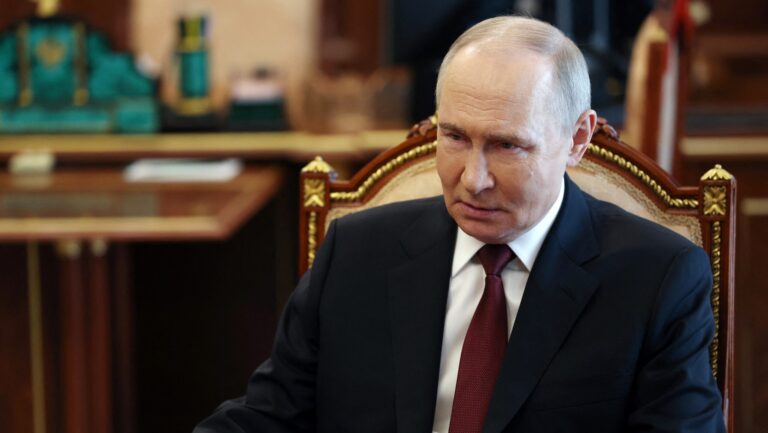After an elegant dinner in Paris, Princess Diana and her companion, Dodi Al-Fayed, barely six weeks into their romance, were killed in a tragic car accident on 31 August in 1997. 25 years later, the events that led to Princess Diana’s untimely death at the age of 36 in a Paris traffic tunnel still shock many.
The Evening
Since the tragedy, more and more details have been made public about what happened. This is an account on Diana’s last night, based on the report published at the time by the Associated Press.
Around 10 p.m., Diana and Dodi Al-Fayed arrived at the Paris Ritz to dine in the imperial suite of the hotel. The suite was the best available at the hotel, which happened to be owned by Al-Fayed’s father. Dodi Al-Fayed apparently had an exquisite diamond ring on him that he had purchased from a Paris jeweller. It was estimated to be worth around 205,000 dollars. It is probable that Dodi gave it to Diana at the hotel, however, what no one will ever know is whether it was an engagement ring.
Their night started out rather stressful as paparazzi kept following them around. They attempted to have dinner at Chez Benoit, however, because of the large number of photographers intruding on them, they decided that it would be best to have dinner in the privacy of the Ritz. However, they were followed from the restaurant to the hotel as well, as security camera footage showed flashes going off as they got out of their car.
After their dinner, at around 12 a.m., they left the suite. According to reports, the couple stopped to talk about the paparazzi situation, and, as reported by Paul Handley-Greaves, head of Al-Fayed’s security at the time, Diana had concerns that ‘something would happen’. It was also revealed that earlier that day the Princess had talked to a bodyguard about the paparazzi motorcycles chasing them, worried that one of them could fall under the car and cause an accident.
After leaving the hotel, in order to mislead the paparazzi the couple used two decoy vehicles, a Range Rover and a Mercedes. The Rover was stationed outside the main entrance of the hotel, with Al-Fayed’s usual driver at the wheel. As they needed a third car, they rented a jet-black Mercedes from a limousine company. They also needed an extra driver, so they summoned Henri Paul, the No. 2 security man at the Ritz, who was already off-duty and at home. According to Handley-Greaves, Paul was sober when he arrived at the hotel. It was also said that Paul had received special training in Germany to be able to drive armoured cars. The Police said that he did not own such a license, however, the Al-Fayed family insisted he did. Contradicting the witness statements, autopsy blood tests revealed (Paul was also killed in the crash) that Paul had been legally drunk – with a blood alcohol level at least three times the legal limit.
As the car and Paul arrived, the couple stood outside the back entrance of the hotel. The cameras showed no paparazzi at the back entrance, however, the decoys did not work too well, since as soons as the Mercedes began its journey, they were in pursuit again. Some photographers said that Paul was already driving rather dangerously at the start of their approach. One photographer told the Liberation daily, ‘the Mercedes was fishtailing dangerously, and the driver didn’t seem to be in control.’ It was also reported that only one of the bodyguards wore a seatbelt.
The Tragedy
At around 12:25 am the Mercedes entered the 200-metre-long tunnel, most likely to avoid the clogged Place de l’Alma’s traffic. The approach to the tunnel is risky if travelling at high speed, as the road briefly dips to the left, then slightly veers to the right. It is not by accident that the permitted speed is 50 km/h. As opposed to that, according to French police reports, the speedometer on the Mercedes was stuck at 196 km/h. Witnesses also confirmed that they saw the car driving at rather high speeds – the 16-metre-long skid marks would also indicate that. It is not known how far back the paparazzi following them were, but one of them, Lazlo Veres said that they were at least 500 metres behind – by contrasts, the Al-Fayed family lawyer said that the paparazzi were ‘swarming’ the car.
Soon after the black Mercedes entered the tunnel, the driver lost control. The vehicle struck a concrete pillar that divides the lanes inside the tunnel and then rolled over, rebounding into a wall and then spinning around, facing the way it entered the tunnel. The driver died immediately, with parts of the radiator allegedly embedded in his body. Sitting behind him on the left, Al-Fayed was also killed immediately. Some tourists walking by who heard the crash reported that photographers swarmed the scene of the accident, but a doctor who was driving in the tunnel and rushed to help confirmed that he was not hindered by the paparazzi. ‘Diana was unconscious, groaning and waving in every direction while she struggled for oxygen’, according to Dr Frederic Mailliez. There were ten or fifteen photographers present, and although they were constantly taking pictures, he claims that this did not impair his work.
Police and firefighters arrived at around 12:05 am. At the time Diana and bodyguard Reese-Jones were still alive. The police arrested six photographers and a biker, confiscating their film and phones. To free the victims trapped in the vehicle, the first responders had to cut through the car’s roof. After emergency medical personnel attempted to stabilise her condition on the spot, Diana was rushed to the hospital, where she arrived at 2 am, bleeding heavily from her chest, and soon going into cardiac arrest. Doctors then tried to revive her for two hours, unsuccessfully. She was pronounced dead at 4 am, and at 6 am her death was announced by British ambassador Michael Jay.
Reactions
Her tragic death did not only shock Britain, but the entire world as well. The news quickly reached every country, including Hungary. Princess Diana and Prince Charles visited Hungary in 1990, where they met with President of the Republic Árpád Göncz, exiting Prime Minister Miklós Németh and Prime Minister-designate József Antall. At the time of their visit, Charles hailed Hungary’s role in ‘changing the face of Europe’. According to Hungarian news agency MTI, after their arrival, the royals’ first stop was Heroes’ Square, where they laid a wreath at the Memorial Stone of Heroes. Reports at the time highlighted that thousands of Hungarians had gathered in the square to greet the Prince and Princess of Wales, and applauded as they emerged from their car. Those onlookers who spoke with the press expressed their admiration for the Princess’ beauty and their affection for Great Britain. Princess Diana returned to Hungary one more time, in 1992, accompanying the English National Ballet, of which she was a patron. During the dinner that President Göncz gave in her honour, Diana took off her tiara-the Spencer tiara, the same she wore for her wedding. The president asked her if he could hold the tiara, and when the Princess said yes, he held it and remarked that it was quite heavy. ‘If you only knew!’, Diana replied.

